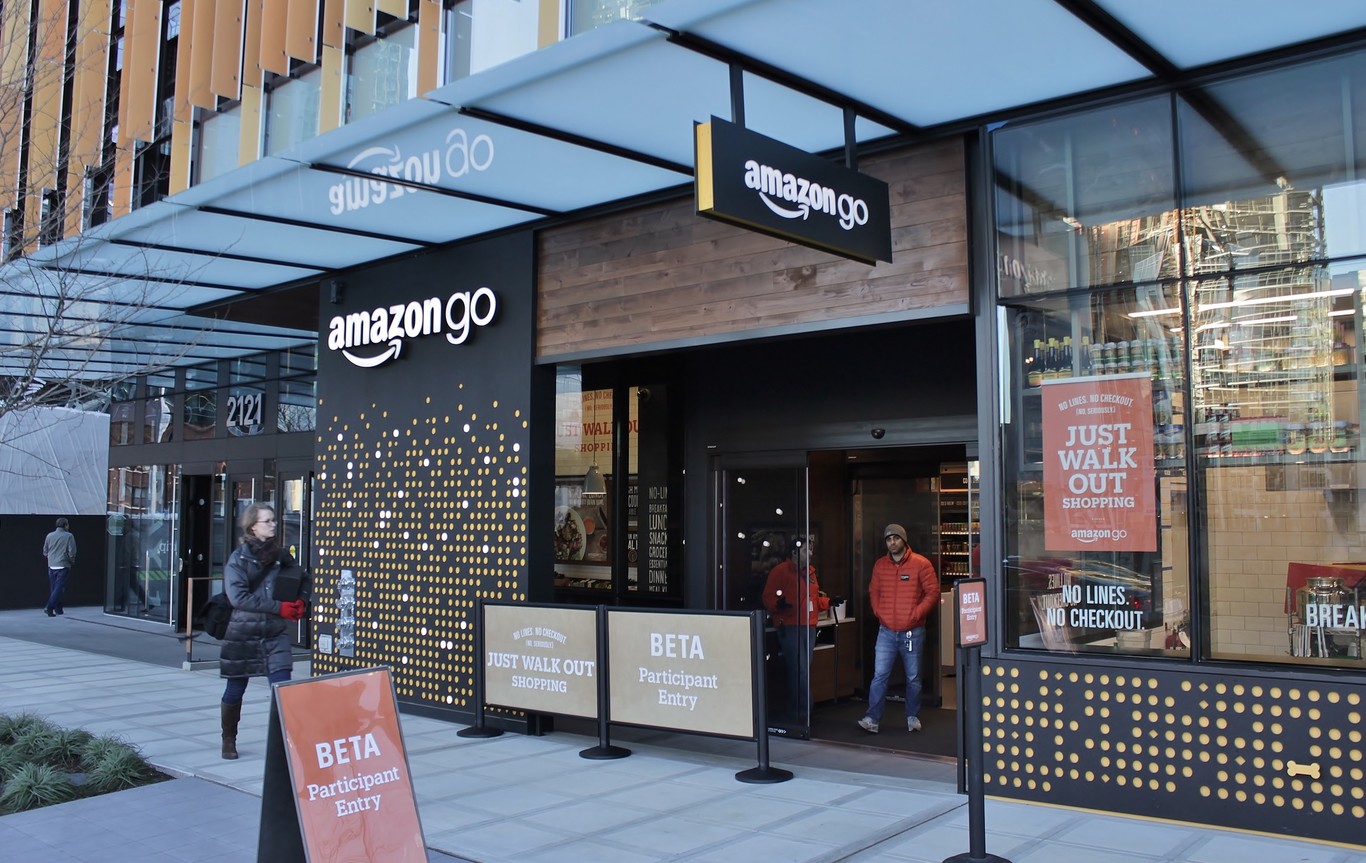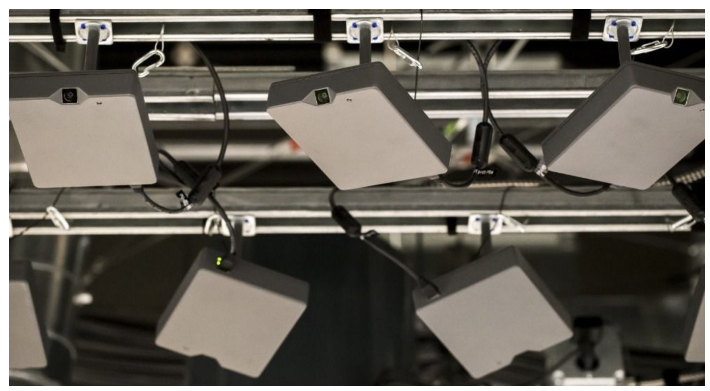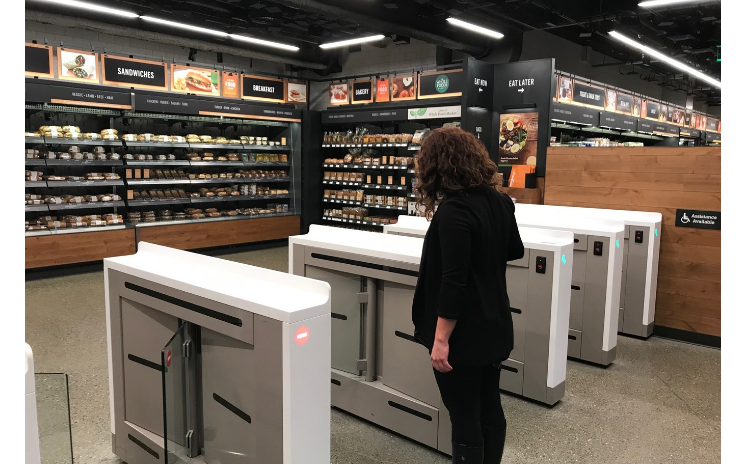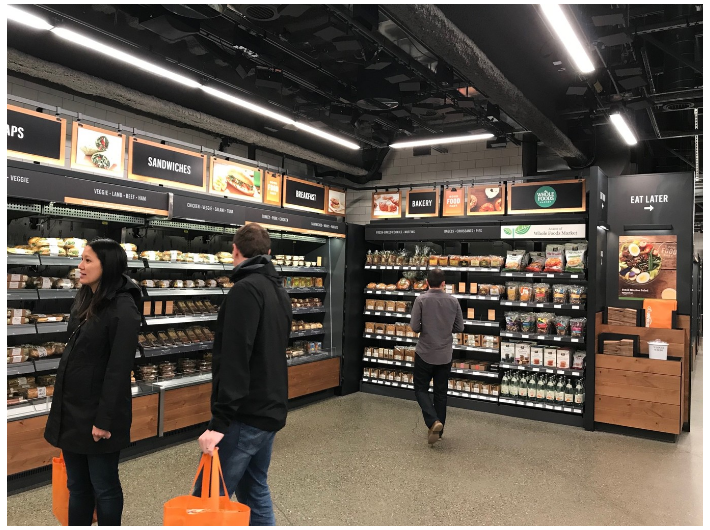
The future of supermarkets and physical stores for Amazon involves eliminating intermediaries, in this case, humans. You enter the establishment, take the food or product that interests you and leave the store; The dozens of cameras and sensors that track you and connect with your Amazon account are responsible for charging you. Amazon Go was announced in December 2016, after a year of testing with the company’s employees, it finally opens to the public.
The objective of Jeff Bezos with Amazon Go is to reduce labor costs to a minimum, to achieve this an important step is to get rid of dependents. Instead, Amazon has used artificial intelligence applied to dozens of cameras and sensors throughout the store. When you arrive at the store you are automatically associated with your Amazon account and any products you pick up from the shelves are charged when you leave the store. You do not have to go through the box, because there are neither boxes nor employees who charge you.
No employee? The store does have an employee facing the public, he is close to the alcoholic products and checks if you are of legal age to be able to take a bottle of wine or a can of beer for example. The sale of alcohol in the United States is not a game, even though Amazon could easily identify if you are of legal age with your account data, by law there must be a human who verifies it by asking for your identity card. In addition to this human, the store also has replenishers and cooks. Finally, there is a person at the entrance to help (at first) the users and answer their questions.
How Amazon manages to make sure you’re going to pay
To develop such a recognition system, the company has installed dozens of cameras mounted on the roof of the premises, every inch is covered from different angles, so there is no blind spot. These cameras are complemented by others for depth detection and by weight sensors on the shelves that recognize the exact weight of each product. All the information is processed in a central unit, but curious as it may seem, there is no facial recognition as such, the system detects your entry and according to the appearance of your clothes and where you move associates you with your account, but not for your face.

The interest of all this is whether you can cheat the system and get a free sandwich or not, it is not so easy. To enter you must do so by bringing your phone close to the security passes, so from the moment you enter you are already identified. You can take a drink and put it directly in the bag, in a hidden way if you want, but from the moment it is taken from the shelf, Amazon already knows it. And if someone somehow manages to cover a camera (or several), the system is capable of continuing to function, as Amazon has indicated to TechCrunch, they have verified that the system continues to work even if several cameras stop working. In any case, according to those responsible for Amazon :
Most people are not shoplifters, and the system is designed for most people.
There are some security aspects that, despite everything, continue to worry. Although the identification is by scanning the mobile when entering and not by facial recognition, what happens if someone steals your mobile and enters to buy with your Amazon account? At the moment it may not be so worrying because the items that can be bought are of low value, but the day they start selling products other than a simple sandwich, this system should be improved.
This is the first Amazon Go in Seattle
For more than a year the Seattle store has been open to company employees, a kind of beta phase to fine-tune the recognition system. From today anyone can enter, you only need an Amazon account and scan a code when entering.

This first store mainly offers semi-finished food and drinks for breakfast, lunch, and dinner. Pastries, sandwiches, wraps, salads, soups, ready meals, fruit, soft drinks, juices, beer, wine… At the moment they have started with food, but they hope to open up to other sectors such as pharmaceuticals, for example (in the United States, medicines are also sold in supermarkets.


Sharlene Meriel is an avid gamer with a knack for technology. He has been writing about the latest technologies for the past 5 years. His contribution in technology journalism has been noteworthy. He is also a day trader with interest in the Forex market.











